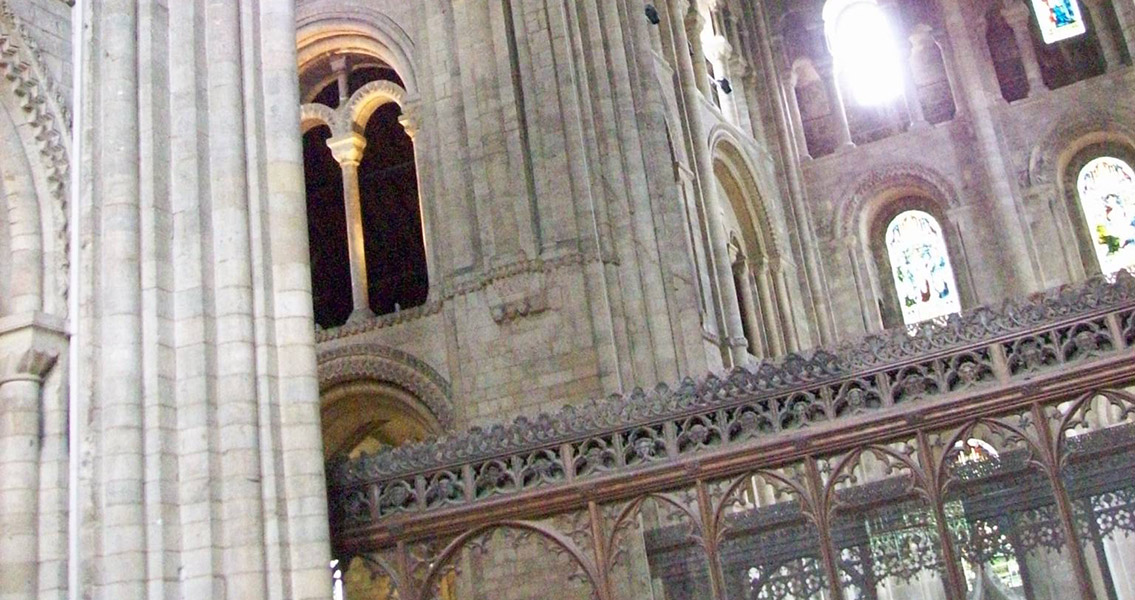<![CDATA[A relic from the Middle Ages, a hank of braided hair uncovered deep under an English abbey, may just have belonged to a Medieval-era saint, according to an Oxford archaeological research assistant. At the age of seven, Jamie Cameron visited Romsey Abbey on a school field trip. There he saw the head of hair on display, which had originally been found beneath the floor of the abbey in a lead casket. At the time, nothing was known about the hair or who it might have belonged to; however, in the intervening years Cameron never lost his curiosity about the relic, and let that interest drive him to become an archaeologist. In an interview with Live Science, Cameron remarked that he had never seen anything like the head of hair before in his life. Ever since that fateful day, he has been consumed with the desire to discover the identity of the hair's owner. Gravediggers originally uncovered the mysterious artifact in 1839, complete with small patches of scalp still intact. The hair had been laid to rest in a wooden chest, which had then been sealed in a lead casket and buried beneath the floor of the abbey. In a historical document written by one of the gravediggers at the time, the hair was described “as bright as any living ladies’ hair” and that a finger bone, which had also been present within the chest, disintegrated immediately once it was exposed to air. There are at least two Christian saints associated with Romsey Abbey, which was founded in 907 CE by the son of Alfred the Great, one of the most noteworthy kings of Sussex. In around 960 the abbey became Beneditcine, and the Irish nun responsible for the transition, Saint Morwenna, was canonized for her efforts. The abbey was rebuilt in 994 after being sacked and burned by the Vikings, and the woman responsible, Saint Ethelflaeda, was elevated to sainthood for her efforts as well. So did the hair belong to either of these saints? With no marks on the casket to indicate who it might have belonged to, the identity has remained a secret since 1839. However, things changed once Cameron brought the braid’s existence to the “Relics Cluster” at Oxford during his studies there. The interdisciplinary group of scientists specialize in subjecting possible religious icons and relics to scientific scrutiny, and have analyzed purported pieces of the True Cross and finger bones said to have belonged to John the Baptist, among others. Cameron, a master’s student, was able to enlist the help of the Relics Cluster to investigate the mysterious braid through the use of techniques such as gas chromatography-mass spectrometry, stable isotope analysis and radiocarbon dating. While a positive identification hasn’t been nailed down just yet, the analysis has revealed some important clues such as narrowing down a time of death to somewhere between 895 and 1123 CE. Further research indicates that there’s a high probability that the researchers can narrow that range even further to somewhere between 965 and 1045 CE. Additional information gleaned from analyzing the hair includes finding that pine resin had been applied to it, either in life or as part of a funerary ritual. On top of that, nitrogen and carbon isotope levels in the hair indicate a diet high in fish, which would have been a staple at the abbey due to Christian dietary restrictions concerning meat. Image courtesy of Wikimedia Commons user: Poliphilo]]>
Braided Hair from Medieval Period May Belong to Saint
